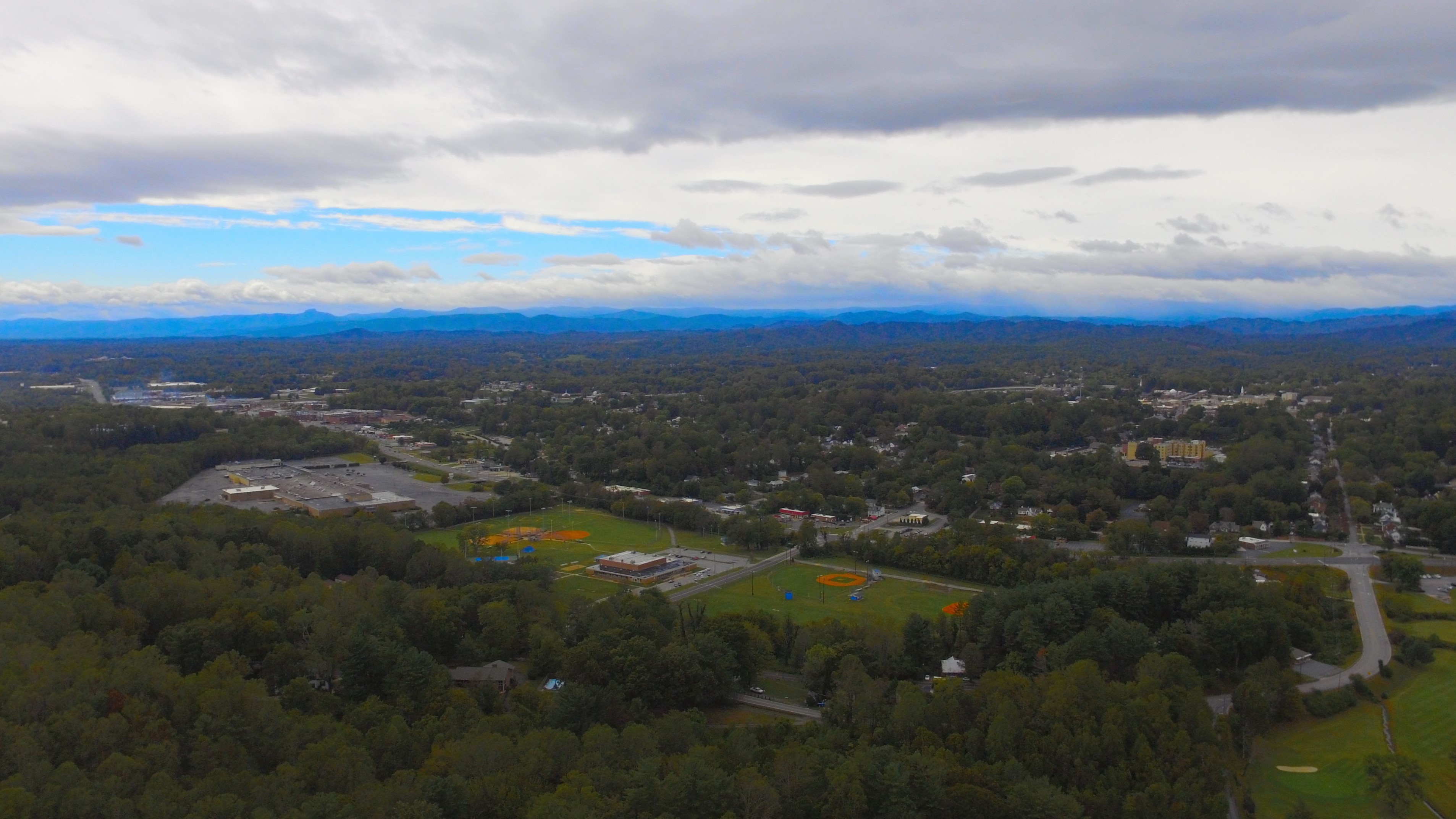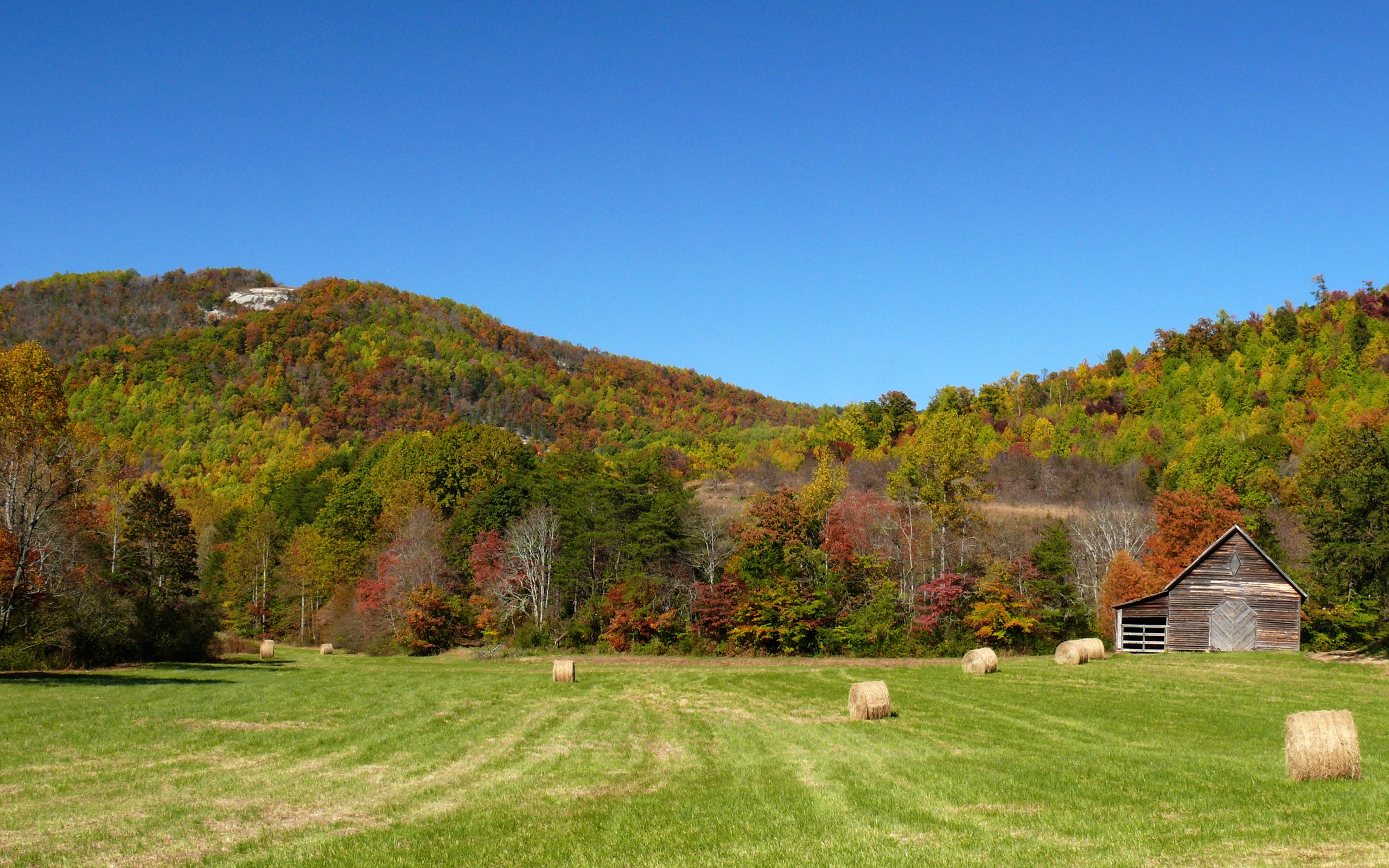|
Lenoir, North Carolina
Lenoir ( ) is a city in and the county seat of Caldwell County, North Carolina, United States. The population was 18,263 at the 2020 United States census, 2020 census. Lenoir is located in the foothills of the Blue Ridge Mountains. To the northeast are the Brushy Mountains (North Carolina), Brushy Mountains, a spur of the Blue Ridge Mountains. Hibriten Mountain, located just east of the city limits, marks the western end of the Brushy Mountains range. Lenoir is one of the principal cities in the The Unifour, Hickory-Lenoir-Morganton, NC Metropolitan Statistical Area. History Lenoir was established in 1841 and incorporated in 1851. The city was named for American Revolutionary War, Revolutionary War general and early North Carolina statesman William Lenoir (general), William Lenoir, who settled north of present-day Lenoir. His restored home, Fort Defiance (Lenoir, North Carolina), Fort Defiance, is a tourist attraction. Early history The original settlement of Lenoir was known a ... [...More Info...] [...Related Items...] OR: [Wikipedia] [Google] [Baidu] |
City
A city is a human settlement of a substantial size. The term "city" has different meanings around the world and in some places the settlement can be very small. Even where the term is limited to larger settlements, there is no universally agreed definition of the lower boundary for their size. In a narrower sense, a city can be defined as a permanent and Urban density, densely populated place with administratively defined boundaries whose members work primarily on non-agricultural tasks. Cities generally have extensive systems for housing, transportation, sanitation, Public utilities, utilities, land use, Manufacturing, production of goods, and communication. Their density facilitates interaction between people, government organisations, government organizations, and businesses, sometimes benefiting different parties in the process, such as improving the efficiency of goods and service distribution. Historically, city dwellers have been a small proportion of humanity overall, bu ... [...More Info...] [...Related Items...] OR: [Wikipedia] [Google] [Baidu] |
Brushy Mountains (North Carolina)
The Brushy Mountains are a mountain range located in northwestern North Carolina. They are an isolated "spur" of the much larger Blue Ridge Mountains, separated from them by the Yadkin River valley.''North Carolina: The History of a Southern State'', by Hugh Talmadge Lefler & Albert Ray Newsome, Copyright 1973, University of North Carolina Press. A deeply eroded range, they move from the southwest to the northeast, and cross five counties in North Carolina: Caldwell, Alexander, Wilkes, Iredell, and Yadkin. The Brushy Mountains divide, for much of their courses, the waters of the Yadkin River and the Catawba River, two of central North Carolina's largest rivers. The range is approximately long, but only 4 to 8 miles wide. The highest point in the chain is Pores Knob (), in Wilkes County. Among the other notable peaks in the range are Hibriten Mountain in Caldwell County, which marks the western end of the Brushy Mountains and is a prominent landmark in the city of Lenoir, ... [...More Info...] [...Related Items...] OR: [Wikipedia] [Google] [Baidu] |
Lenoir Downtown Historic District
Lenoir Downtown Historic District is a national historic district located at Lenoir, Caldwell County, North Carolina. The district includes 41 contributing buildings and 2 contributing objects in the central business district of Lenoir. It includes commercial, governmental, and institutional buildings in a variety of popular architectural styles including Art Deco, Art Moderne, Classical Revival and Tudor Revival. Notable contributing resources include the Center Theater (1941), O. P. Lutz Furniture Company and Lutz Hosiery Mill (1939), Dayvault's Drug Store (1937), Caldwell County Agricultural Building (1937), Courtney Warehouse (c. 1888), Masonic Hall (1901, 1959), Miller Building (c. 1900, c. 1920s), Confederate Monument (1910), Belk's Department Store (1928), Lenoir Building (1907), J. C. Penney Department Store (1941, c. 1980s), Fidelity Building (1928), and U. S. Post Office (1931). Located in the district is the separately listed Caldwell County Courthouse. The ... [...More Info...] [...Related Items...] OR: [Wikipedia] [Google] [Baidu] |
Caldwell County Courthouse (Lenoir, North Carolina)
The Caldwell County Courthouse in Lenoir, North Carolina was designed by Wheeler & Runge in Classical Revival style. It was built in 1905. It was listed on the National Register of Historic Places in 1979. The listing included one contributing building and two contributing objects. It is located in the Lenoir Downtown Historic District Lenoir Downtown Historic District is a national historic district located at Lenoir, Caldwell County, North Carolina. The district includes 41 contributing buildings and 2 contributing objects in the central business district of Lenoir. It .... References County courthouses in North Carolina Courthouses on the National Register of Historic Places in North Carolina Neoclassical architecture in North Carolina Government buildings completed in 1905 Buildings and structures in Caldwell County, North Carolina National Register of Historic Places in Caldwell County, North Carolina Historic district contributing properties in Nort ... [...More Info...] [...Related Items...] OR: [Wikipedia] [Google] [Baidu] |
Clinton A
Clinton is an English toponymic surname, indicating one's ancestors came from English places called Glympton or Glinton.Hanks, P. & Hodges, F. ''A Dictionary of Surnames''. Oxford University Press, 1988 Clinton has also been used as a given name since the late 19th century. Notable people with the name Clinton include: Family of Bill and Hillary Clinton * Roger Clinton Sr. (1908–1967), step-father of Bill Clinton * Virginia Clinton (1923–1994), mother of Bill Clinton * Roger Clinton Jr. (born 1956), maternal half-brother of Bill Clinton * Bill Clinton (born 1946), 42nd president of the United States from 1993 to 2001, and husband of Hillary Clinton * Hillary Clinton (born 1947), née Rodham, 67th U.S. secretary of state from 2013 to 2017, U.S. senator from New York (2001 to 2013), 2016 Democratic presidential nominee, and wife of Bill Clinton * Chelsea Clinton (born 1980), daughter of Bill and Hillary Clinton Family of George Clinton * Charles Clinton (1690–17 ... [...More Info...] [...Related Items...] OR: [Wikipedia] [Google] [Baidu] |
Union (American Civil War)
The Union was the central government of the United States during the American Civil War. Its civilian and military forces resisted the Confederate State of America, Confederacy's attempt to Secession in the United States, secede following the 1860 United States presidential election, election of Abraham Lincoln as president of the United States. Presidency of Abraham Lincoln, Lincoln's administration asserted the permanency of the federal government of the United States, federal government and the continuity of the Constitution of the United States, United States Constitution. Nineteenth-century Americans commonly used the term Union to mean either the federal government of the United States or the unity of the states within the Federalism in the United States, federal constitutional framework. The Union can also refer to the people or territory of the states that remained loyal to the national government during the war. The loyal states are also known as the North, although fou ... [...More Info...] [...Related Items...] OR: [Wikipedia] [Google] [Baidu] |
Southern Unionists
In the United States, Southern Unionists were white Southerners living in the Confederate States of America and the Southern Border states (American Civil War), Border States opposed to secession. Many fought for the Union (American Civil War), Union during the American Civil War, Civil War. These people are also referred to as Southern Loyalists, Union Loyalists,Philip B. Lyons, ''Statesmanship and Reconstruction: Moderate Versus Radical Republicans on Restoring the Union After the Civil War'' (Lexington Books, 2014), p. 262: "Hart was one of the first native white Union Loyalists to speak out in favor of black suffrage and equal rights." or Lincoln's Loyalists. Pro-Confederates in the Southern United States, South derided them as "Tories" (in reference to the Loyalist (American Revolution), pro-Crown Loyalists of the American Revolution). During Reconstruction era, Reconstruction, these terms were replaced by "scalawag" (or "scallywag"), which covered all Southern whites who su ... [...More Info...] [...Related Items...] OR: [Wikipedia] [Google] [Baidu] |
Confederate States Army
The Confederate States Army (CSA), also called the Confederate army or the Southern army, was the Military forces of the Confederate States, military land force of the Confederate States of America (commonly referred to as the Confederacy) during the American Civil War (1861–1865), fighting against the United States forces to support the rebellion of the Southern states and uphold and expand Slavery in the United States, the institution of slavery. On February 28, 1861, the Provisional Confederate Congress established a provisional volunteer army and gave control over military operations and authority for mustering state forces and volunteers to the newly chosen Confederate States president, Jefferson Davis (1808–1889). Davis was a graduate of the United States Military Academy, on the Hudson River at West Point, New York, and colonel of a volunteer regiment during the Mexican–American War (1846–1848). He had also been a United States senator from Mississippi and served a ... [...More Info...] [...Related Items...] OR: [Wikipedia] [Google] [Baidu] |
American Civil War
The American Civil War (April 12, 1861May 26, 1865; also known by Names of the American Civil War, other names) was a civil war in the United States between the Union (American Civil War), Union ("the North") and the Confederate States of America, Confederacy ("the South"), which was formed in 1861 by U.S. state, states that had Secession in the United States, seceded from the Union. The Origins of the American Civil War, central conflict leading to war was a dispute over whether Slavery in the United States, slavery should be permitted to expand into the western territories, leading to more slave states, or be prohibited from doing so, which many believed would place slavery on a course of ultimate extinction. Timeline of events leading to the American Civil War, Decades of controversy over slavery came to a head when Abraham Lincoln, who opposed slavery's expansion, won the 1860 presidential election. Seven Southern slave states responded to Lincoln's victory by seceding f ... [...More Info...] [...Related Items...] OR: [Wikipedia] [Google] [Baidu] |
Stoneman's 1865 Raid
Stoneman's raid in 1865, also called Stoneman's last raid, was a military campaign in the Upper South during the American Civil War, by Union cavalry troops led by General George Stoneman, in the region of eastern Tennessee, western North Carolina and southwestern Virginia. Background In the later stages of the war from 1864 to 1865, Union forces concentrated on breaking Confederate strongholds. In 1864 General George Stoneman led forces in the Atlanta campaign, leading an expedition to liberate prisoners, but was captured by Confederate Home Guard at Clinton, Georgia. Released after a prisoner exchange in October 1864, he was made deputy to General John Schofield, commander of the Army of the Ohio. He proposed a raid in southwest Virginia to destroy the Virginia and Tennessee Railroad and the saltworks in Saltville followed by an attack towards Salisbury, North Carolina. Schofield authorized the southwest Virginia attack in December but postponed the North Carolina foray. Stone ... [...More Info...] [...Related Items...] OR: [Wikipedia] [Google] [Baidu] |
Fort Defiance (Lenoir, North Carolina)
Fort Defiance is a historic plantation house located near Lenoir, Caldwell County, North Carolina. The main block was built between 1788 and 1792, and is a two-story, frame structure measuring 28 feet by 40 feet. A wing was added in 1823. It was the home of Revolutionary War General William Lenoir. The property was transferred to the Caldwell County Historical Society in 1965 and operated as a historic house museum. This location on the Yadkin River was originally built upon by the troops serving under Elijah Isaacs in the summer of 1776. At the time, it was known as Fort Isaacs. The house was listed on the National Register of Historic Places The National Register of Historic Places (NRHP) is the Federal government of the United States, United States federal government's official United States National Register of Historic Places listings, list of sites, buildings, structures, Hist ... in 1970. Western North Carolina politician George Washington Hayes married his ... [...More Info...] [...Related Items...] OR: [Wikipedia] [Google] [Baidu] |





